 Arturo Toscanini leads the NBC Symphony Orchestra in the overture from Verdi’s La Forza del Destino. This performance was filmed in 1943 for inclusion in Hymn of the Nations, a World War II propaganda film directed by Alexander Hammid and released by the Office of War Information:
Arturo Toscanini leads the NBC Symphony Orchestra in the overture from Verdi’s La Forza del Destino. This performance was filmed in 1943 for inclusion in Hymn of the Nations, a World War II propaganda film directed by Alexander Hammid and released by the Office of War Information:
(This is the latest in a series of arts-related videos that appear in this space each Monday, Wednesday, and Friday.)

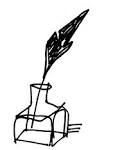
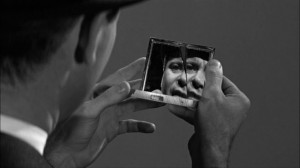 I collected my new machine on Monday afternoon, then spent the next few hours putting it in order and acquainting myself with its peculiarities. The kindly folks at
I collected my new machine on Monday afternoon, then spent the next few hours putting it in order and acquainting myself with its peculiarities. The kindly folks at 
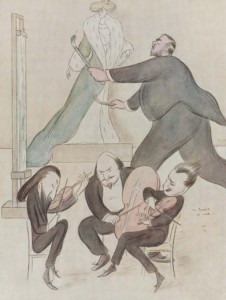 I drove into Manhattan three Saturdays ago to see a pair of Broadway matinees. When I got to our apartment and checked my e-mail, I found a message from the Metropolitan Museum reminding me that
I drove into Manhattan three Saturdays ago to see a pair of Broadway matinees. When I got to our apartment and checked my e-mail, I found a message from the Metropolitan Museum reminding me that 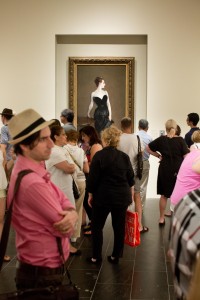 Incredibly, more than two years had gone by since
Incredibly, more than two years had gone by since 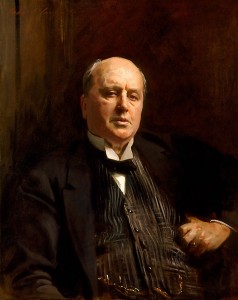 As it happened, I did know a fair amount about the subjects of several of the portraits on display at the Met, and without exception those portraits struck me as extraordinarily revealing, none more so than Sargent’s justly celebrated painting of Henry James.
As it happened, I did know a fair amount about the subjects of several of the portraits on display at the Met, and without exception those portraits struck me as extraordinarily revealing, none more so than Sargent’s justly celebrated painting of Henry James.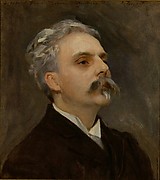 A few steps away hung a similarly revealing painting of the great French composer Gabriel Fauré, one of Sargent’s most intimate friends. It conveys exactly what Aaron Copland, another admirer of Fauré’s music, had in mind when he spoke of his “restraint and classic sense of order…his delicacy, his reserve, his imperturbable calm.”
A few steps away hung a similarly revealing painting of the great French composer Gabriel Fauré, one of Sargent’s most intimate friends. It conveys exactly what Aaron Copland, another admirer of Fauré’s music, had in mind when he spoke of his “restraint and classic sense of order…his delicacy, his reserve, his imperturbable calm.”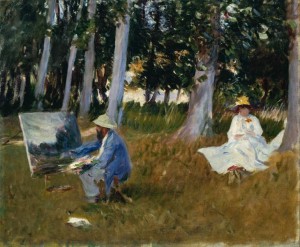 But “Claude Monet Painting by the Edge of a Wood,” painted two years earlier, is something else again, a plein air study of the artist at work that has the freedom and immediacy of one of Sargent’s watercolors. The man in this painting is the same man that Guitry captured on camera, a quarter-century younger but surely identical in his unswerving intensity of focus. (You can tell that he isn’t distracted in the least by the presence of a female companion!)
But “Claude Monet Painting by the Edge of a Wood,” painted two years earlier, is something else again, a plein air study of the artist at work that has the freedom and immediacy of one of Sargent’s watercolors. The man in this painting is the same man that Guitry captured on camera, a quarter-century younger but surely identical in his unswerving intensity of focus. (You can tell that he isn’t distracted in the least by the presence of a female companion!)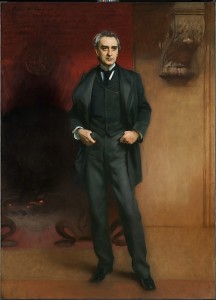 By the same token, I expect that a not-considerable number of the people who took time to look at “Edwin Booth” would have relished the opportunity to simultaneously hear
By the same token, I expect that a not-considerable number of the people who took time to look at “Edwin Booth” would have relished the opportunity to simultaneously hear 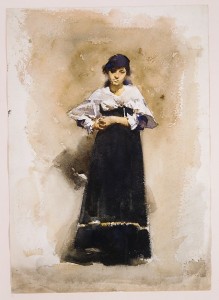 On the other hand,
On the other hand,